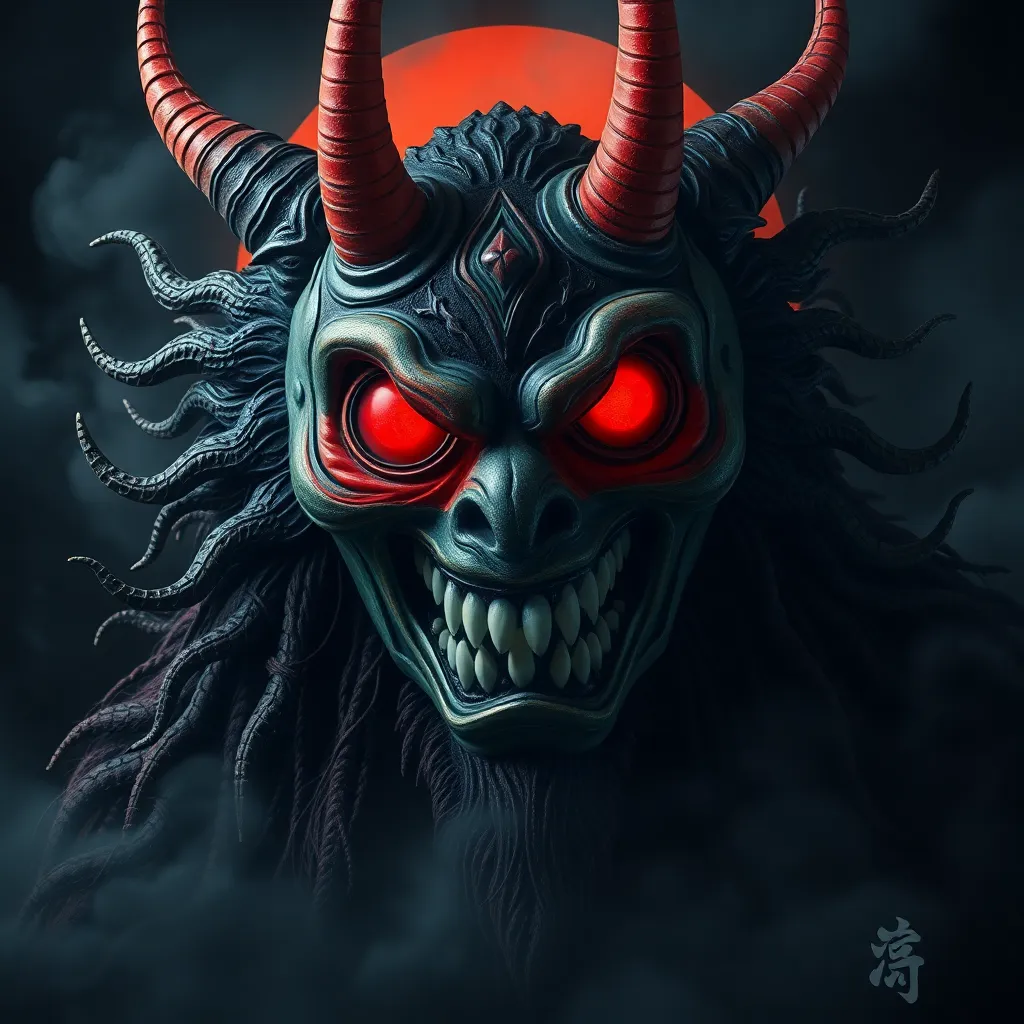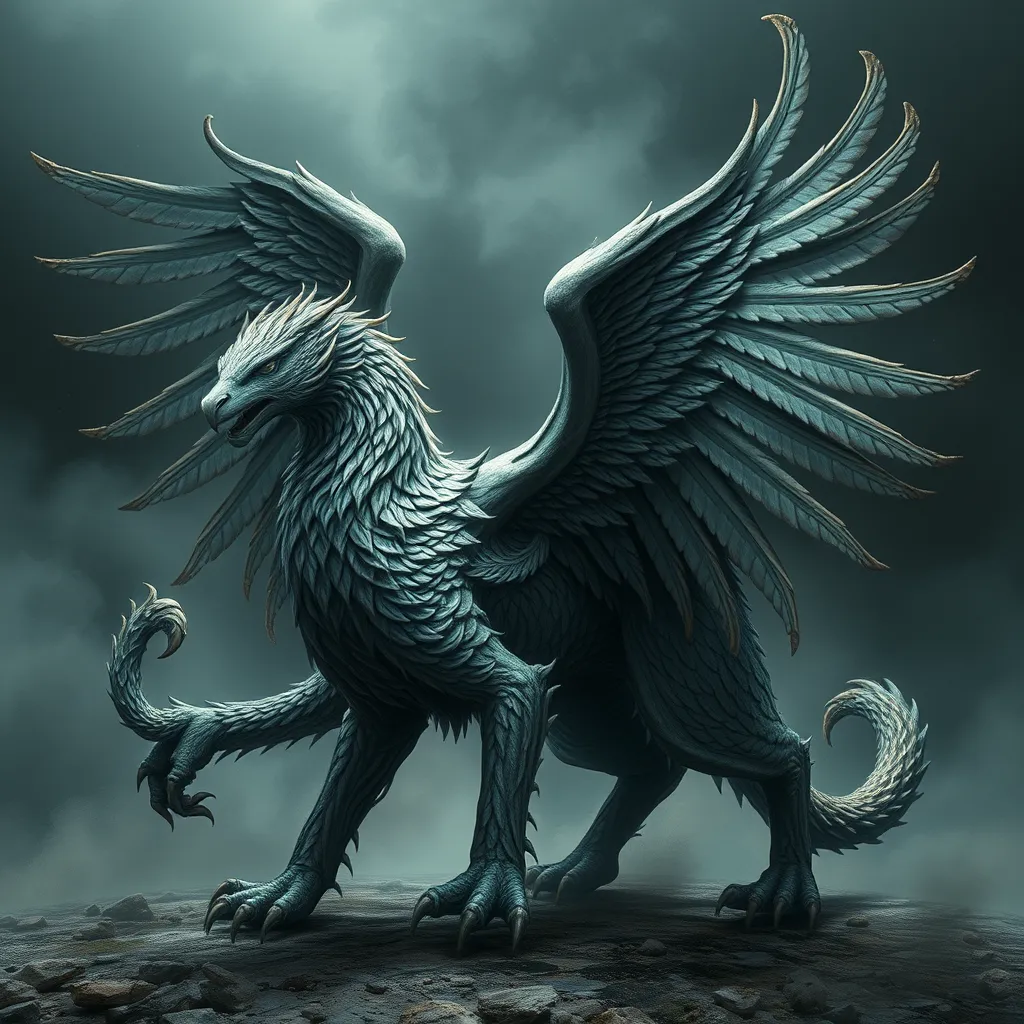Beyond the Mask: Exploring the Darker Side of Japanese Yokai
I. Introduction
Yokai, a term that encompasses a diverse range of supernatural beings, spirits, and phenomena in Japanese folklore, are integral to the cultural tapestry of Japan. These entities, which can be both benevolent and malevolent, have been part of Japanese storytelling for centuries, reflecting the complexities of human emotions and societal fears.
The importance of Yokai in Japanese folklore cannot be overstated; they serve as both cautionary tales and sources of entertainment, illuminating the values, fears, and beliefs of the society that created them. This article aims to delve into the darker aspects of Yokai, exploring their historical context, dual nature, common themes, notable examples, and their modern interpretations.
II. Historical Context of Yokai
The origins of Yokai can be traced back to ancient Japan, where they emerged from a combination of indigenous beliefs, Buddhist influences, and Shinto practices. Over time, these supernatural beings evolved, adapting to the changing cultural landscape.
Historical events, such as wars, natural disasters, and social upheaval, have significantly influenced Yokai narratives. For instance, during periods of famine or plague, stories of malevolent Yokai often emerged, reflecting the anxieties and fears of the population.
In ancient Japanese society, Yokai played a crucial role in explaining the unexplainable. They were often invoked in rituals and folklore to make sense of the natural world and human existence.
III. The Dual Nature of Yokai
Yokai are not simply good or evil; they embody a duality that reflects the complexities of human morality. Some Yokai are known for their benevolence, while others are feared for their malevolence. This dual nature allows for rich storytelling and moral lessons.
- Benevolent Yokai: These spirits often protect humans or bring good fortune. Examples include the Inari, the rice deity, and the Jizo, a protector of children.
- Malevolent Yokai: These entities can bring misfortune or even death, such as the Yuki-onna or the Shōjō.
Case studies of well-known Yokai illustrate this duality. For example, the Rokurokubi is a creature that appears as a normal human by day but transforms into a sinister being at night, reflecting the inner conflict between human nature and darker impulses. The psychological implications of these dualities reveal how Yokai serve as symbols of the human condition, embodying fears, desires, and moral dilemmas.
IV. Common Themes in Dark Yokai Lore
Dark Yokai lore often revolves around common themes that resonate with societal anxieties. These themes serve as mirrors reflecting the fears and challenges faced by people throughout history.
- Fear and the Unknown: Yokai often embody the fears of the unknown, representing the things that lurk in the shadows of society.
- Consequences of Human Actions: Many Yokai stories serve as moral lessons, illustrating the repercussions of greed, betrayal, or neglect.
- Natural Disasters and Misfortune: Yokai are frequently used to explain phenomena such as earthquakes or storms, allowing communities to make sense of their suffering.
V. Notable Dark Yokai and Their Stories
Several dark Yokai have become iconic in Japanese folklore, each with their own chilling stories that offer insight into the human psyche.
A. The Shōjō: The Vengeful Spirit with a Tragic Past
The Shōjō is a spirit known for its beautiful voice and tragic story. Often depicted as a woman with long hair and a haunting appearance, the Shōjō is said to have been wronged in life and seeks revenge in death. Her sorrowful songs can lure men to their doom, blending themes of beauty and danger.
B. The Yuki-onna: The Snow Woman and Her Haunting Love
The Yuki-onna, or snow woman, is a ghostly figure often encountered in winter. She is known for her ethereal beauty and icy demeanor, sometimes appearing as a benevolent figure who saves travelers, while at other times, she is a vengeful spirit who kills men who approach her. Her duality represents both love and loss, evoking deep emotions.
C. The Rokurokubi: The Night-Prowler with a Sinister Twist
The Rokurokubi is a creature that leads a double life. By day, it appears as an ordinary human, but by night it can stretch its neck and cause havoc. This transformation highlights the hidden aspects of human nature and the potential for darkness within everyone.
VI. The Modern Interpretation of Yokai
In contemporary media, Yokai have been reinterpreted in various forms, from anime and films to literature. This shift reflects a growing fascination with these supernatural beings, moving from fear to intrigue.
Modern adaptations often explore the complexities of Yokai, portraying them as characters with depth rather than mere monsters. For instance, shows like GeGeGe no Kitaro and Yokai Watch present Yokai in humorous and relatable contexts, while still retaining elements of their darker origins.
VII. The Cultural Significance of Yokai in Today’s Society
Yokai continue to hold significant cultural relevance in Japan. They play a vital role in art, literature, and pop culture, serving as a bridge between the past and the present.
Yokai festivals, known as Yokai Matsuri, engage communities and celebrate these supernatural beings, fostering a sense of connection and tradition. These events often feature storytelling, performances, and art, allowing participants to explore the rich folklore surrounding Yokai.
Additionally, Yokai serve as a lens for exploring modern societal issues, such as environmental concerns, urbanization, and the impact of technology on human relationships. By examining the darker aspects of Yokai, society can reflect on its fears and values.
VIII. Conclusion
The complexities of Yokai highlight the rich tapestry of Japanese folklore, revealing the interplay between light and dark, good and evil. Understanding the darker side of these supernatural beings is essential for appreciating their role in culture and history.
As we explore the world of Yokai, we are encouraged to look beyond their surface appearances and recognize the deep-rooted fears and moral lessons they embody. This exploration not only enriches our understanding of Japanese folklore but also offers universal insights into the human condition.



